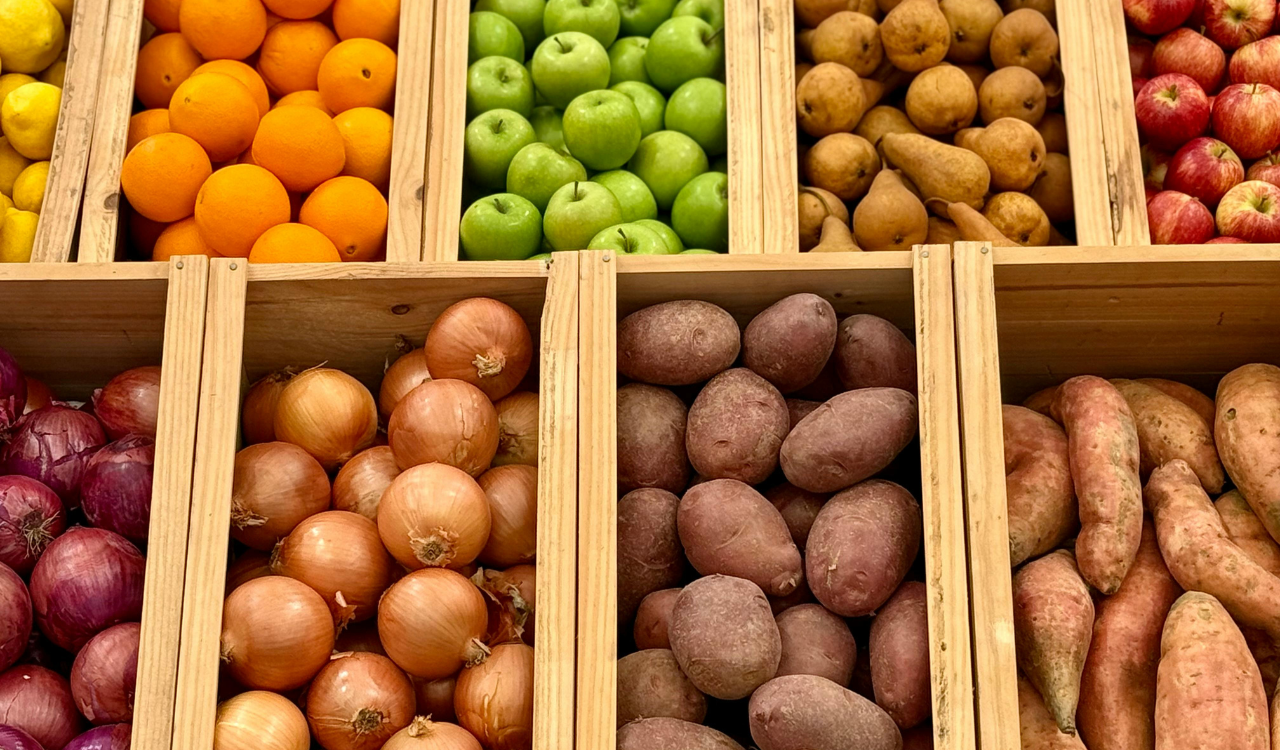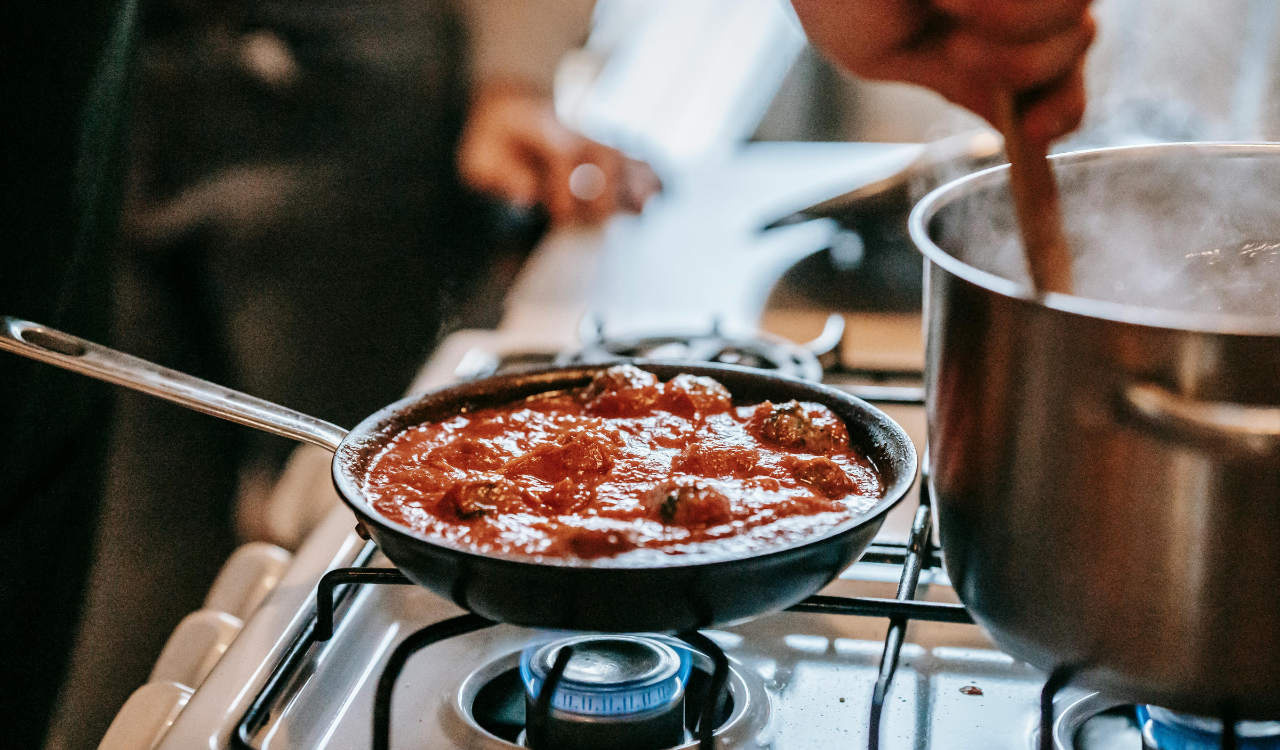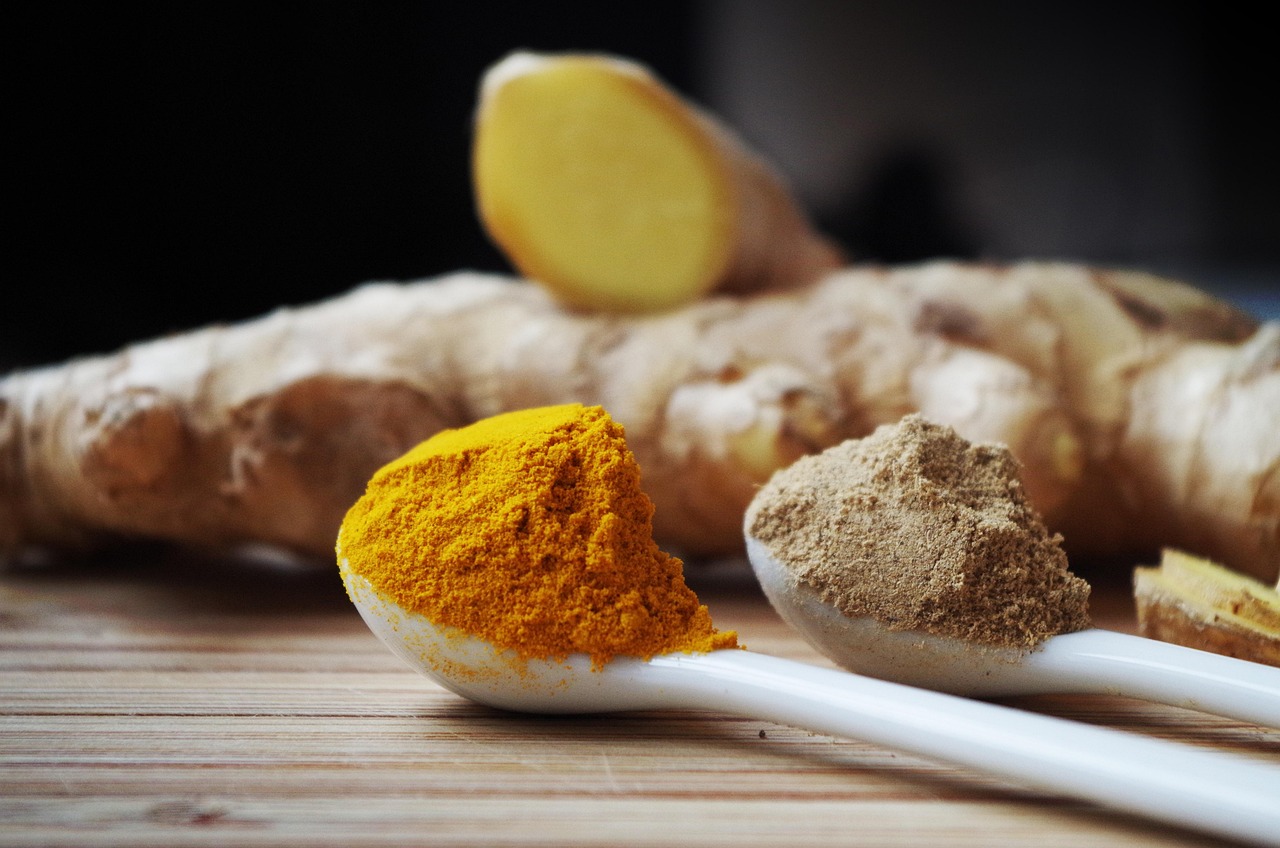8 Oatmeal Cookie Upgrades Inspired by Martha Stewart
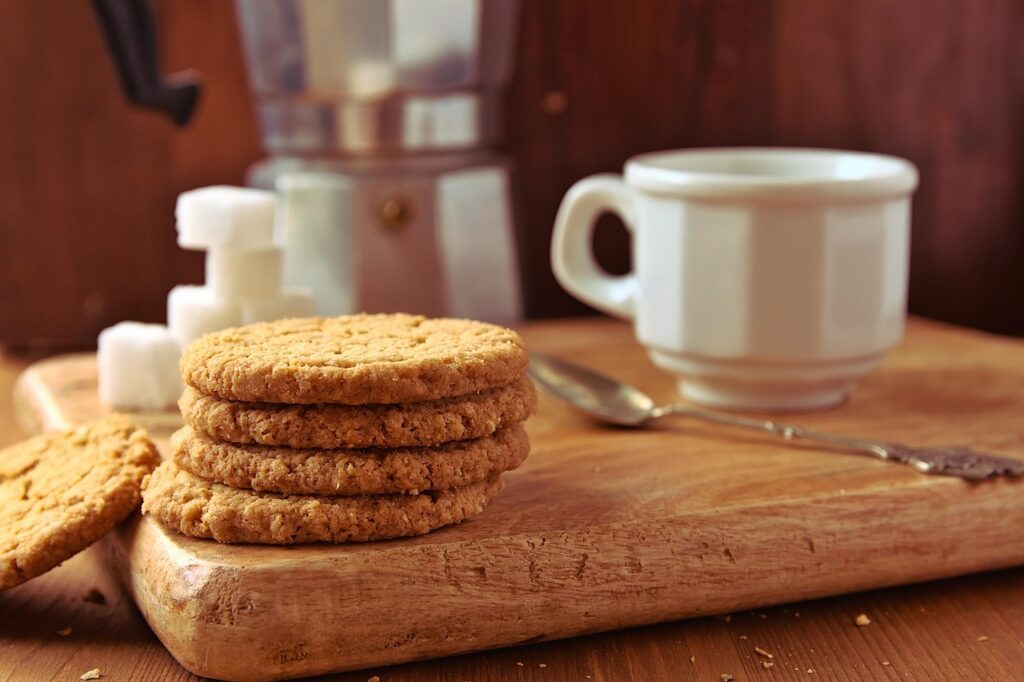
The humble oatmeal cookie has never really gone out of style, but even classics benefit from small, smart upgrades. Martha Stewart’s recipes have always balanced precision with creativity, and that spirit carries easily into today’s kitchens. The secret isn’t reinventing the cookie; it’s fine-tuning it, layering texture, boosting aroma, and letting ingredients play off each other instead of blending into sameness. These thoughtful tweaks take your oatmeal cookies from good to quietly unforgettable, without adding unnecessary fuss.
1. Swap in Steel-Cut Oats for Old-Fashioned to Boost Chew and Nutty Flavor
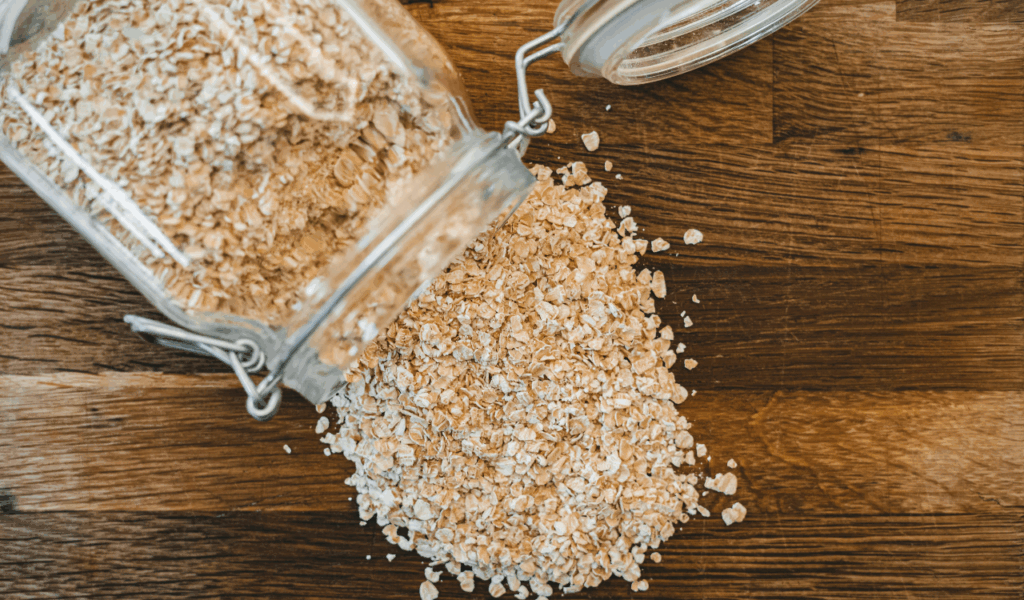
Here’s the practical upgrade: steel-cut oats bring a distinct, toasty chew that changes the cookie’s texture from predictable to memorable. Because they’re denser than rolled oats, give them a quick soak in hot water or milk for 10 to 15 minutes before folding them into the dough so they soften without turning gummy. The result is a nuttier mouthfeel and more pronounced oat flavor, which pairs especially well with brown butter or warm spices. Expect slightly longer bake times and flatten dough balls a bit more so the interior cooks evenly.
2. Add Bittersweet Chocolate Chunks plus Dried Cherries for Contrast
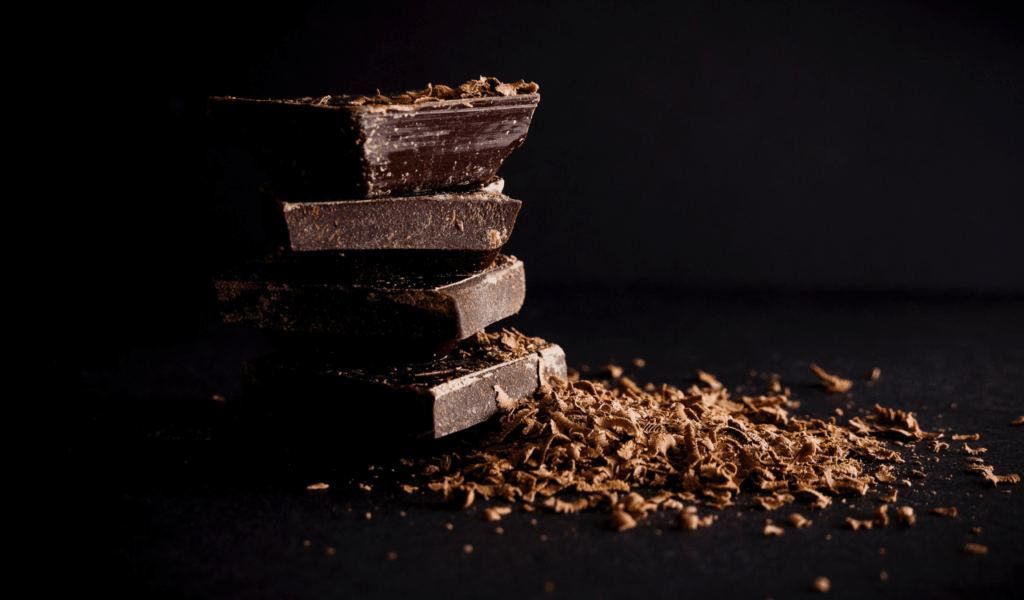
Chocolate and cherry are a classic pairing for a reason: the bitter chocolate anchors sweetness while dried cherries add bright acidity and chew. Use chopped bittersweet chocolate rather than chips so you get molten pockets and variable texture. Rehydrate plump, tart cherries briefly in hot water or a splash of liqueur if they’re too leathery, then pat dry before mixing. The acid from cherries lifts the oat base, making each bite feel fresher, and the chocolate balances with rounded cocoa notes that aren’t cloying.
3. Include Toffee Pieces for Crunch and Caramel Depth

Toffee is the shortcut to caramelized complexity without extra technique. Small toffee bits folded into the dough melt slightly and then recrystallize around the sugar, creating crunchy pockets that contrast the cookie’s chew. Use high-quality toffee and be mindful of placement, since direct contact with wet dough can cause rapid softening; folding in at the very end helps preserve texture. Toffee works best alongside brown butter or a dash of flaky salt sprinkled after baking, which amplifies the caramel notes.
4. Stir in Chopped Pecans or Walnuts to Introduce Warm Tree-Nut Texture
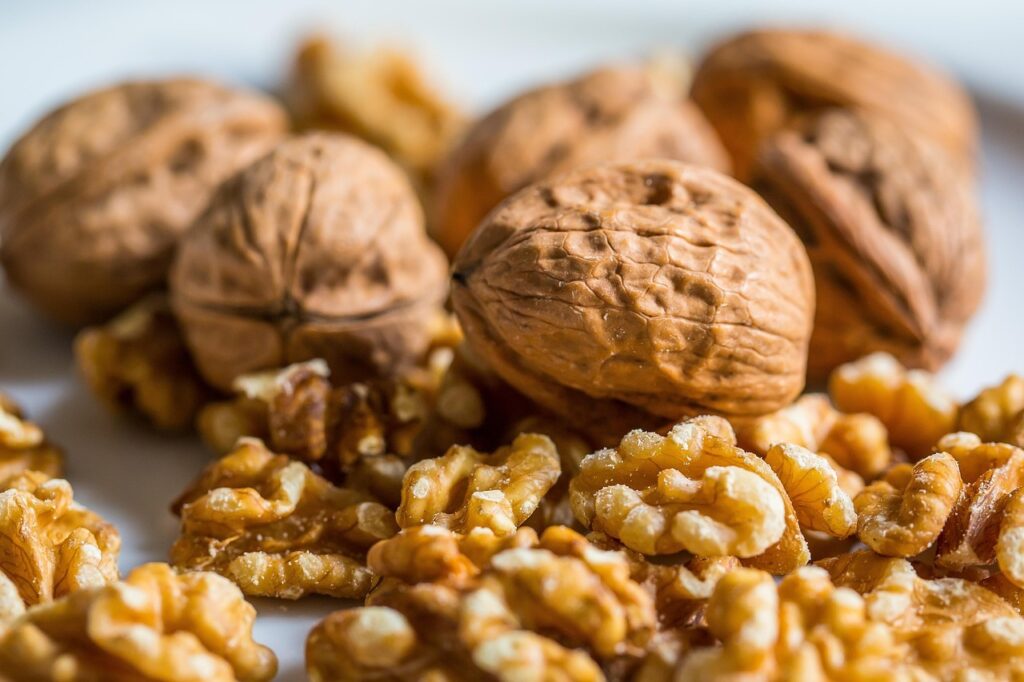
Nuts bring both flavor and structure. Toast chopped pecans or walnuts in a dry pan or oven for a few minutes to wake their oils and intensify nuttiness, then cool before folding into dough. Toasting also reduces raw bitterness and helps the nuts hold up during baking. Coarse pieces give crunch and contrast, while finely chopped nuts distribute more evenly. Pair nuts with a teaspoon of vanilla or a pinch of cinnamon to round out the flavor profile, and toast them just until fragrant to avoid overbrowning in the oven.
5. Mix Golden Raisins and Coconut Flakes for Tropical Sweetness and Chew
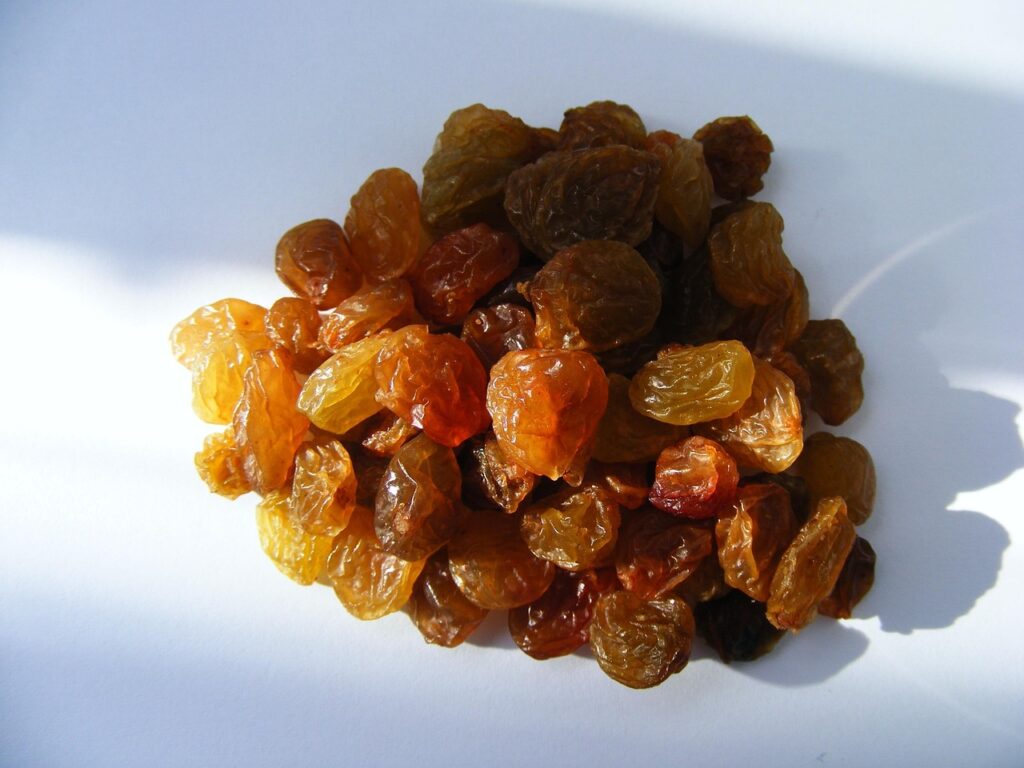
This combo turns a classic into something slightly tropical and chewy. Golden raisins are plumper and less tannic than dark raisins, giving a honeyed sweetness, while unsweetened coconut flakes add chew and toasty notes. Rehydrate raisins if they’re dry, ten minutes in warm water plumps them without diluting flavor. Toast coconut lightly before folding it in to deepen its aroma. The mixture plays well with a lighter sugar balance, so consider reducing granulated sugar slightly to let the fruit and coconut shine without cloying.
6. Replace Part of the Butter with Maple Syrup to Deepen Flavor
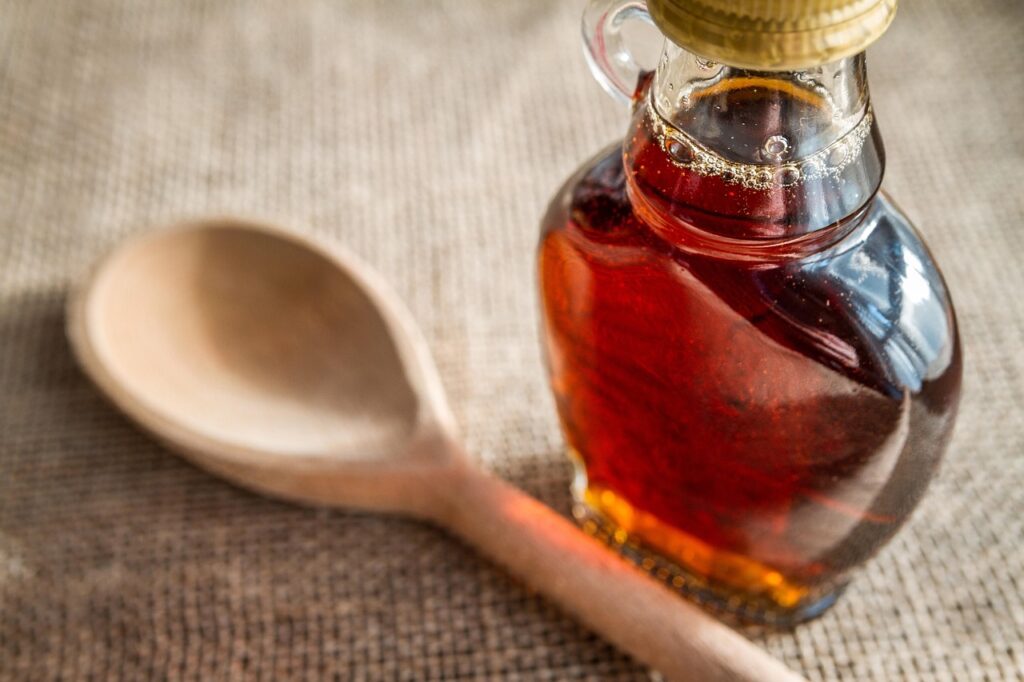
Maple syrup introduces a woodsy, caramel like complexity that pairs beautifully with oats. Replace about 10 to 20 percent of the recipe’s butter by weight with pure maple syrup, which adds moisture and a subtle, layered sweetness. Because liquid sugar affects texture, reduce other liquids or add a tablespoon of extra flour if the dough seems too loose. Choose grade A maple for a brighter flavor or grade B for deeper molasses notes. A light sprinkle of flaky salt after baking will make the maple notes pop while balancing sweetness.
7. Flatten Oversized Dough Rounds Slightly to Encourage Crisp Edges and Chewy Center
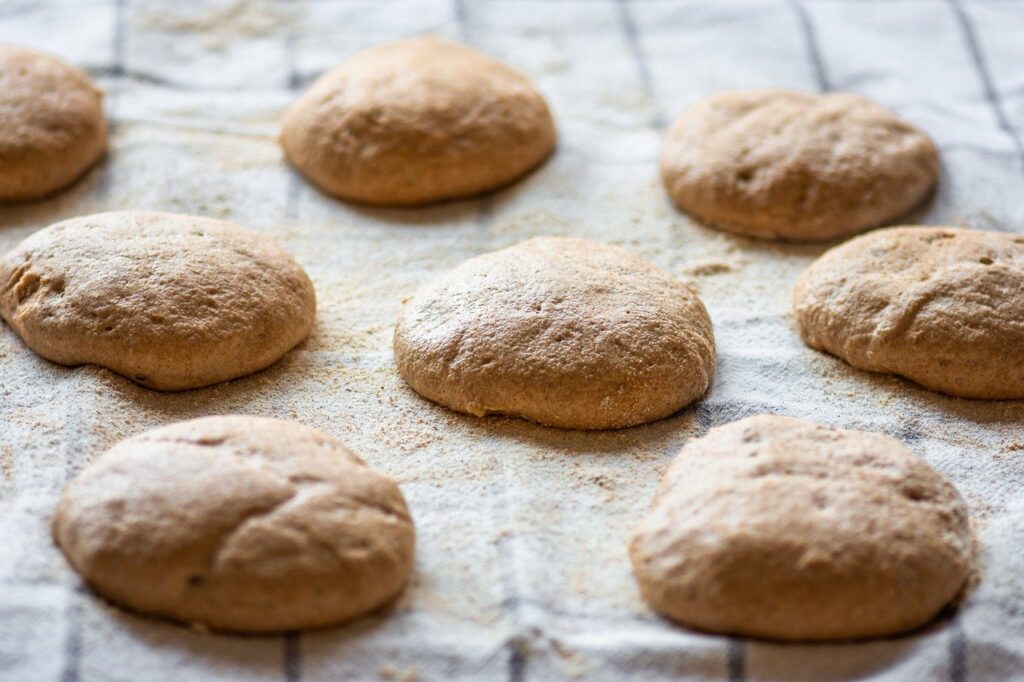
Technique matters: a thick, round scoop develops an underbaked center and uneven crust. Gently press dough balls to about three quarters of their original height before baking to promote even heat penetration and more uniform browning. This creates a thin, crisp perimeter and a tender, chewy interior. Rotate the sheet halfway through baking for even color, and remove cookies to a rack quickly so steam doesn’t soften the edges. The visual cue of a crinkled, golden edge signals that the texture contrast landed correctly.
8. Incorporate a Touch of Cinnamon or Spice Blend to Lift the Oatmeal Profile
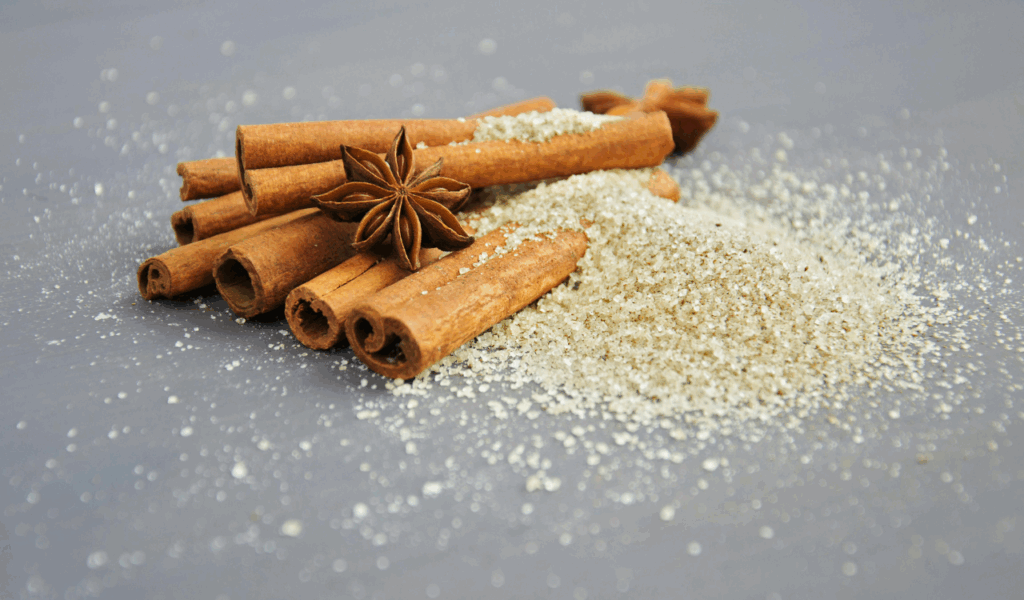
Spice is the quick route to complexity without changing structure. A half to one teaspoon of ground cinnamon per batch adds warmth and complements brown sugar, while a small pinch of nutmeg or a quarter teaspoon of cardamom gives aromatic lift. For a bolder approach, use a mild pumpkin pie spice or an allspice blend, but add sparingly so the oats remain the star. Blooming spices briefly in melted butter before mixing them into the dough releases their oils and gives the cookies a more integrated, bakery style aroma.


